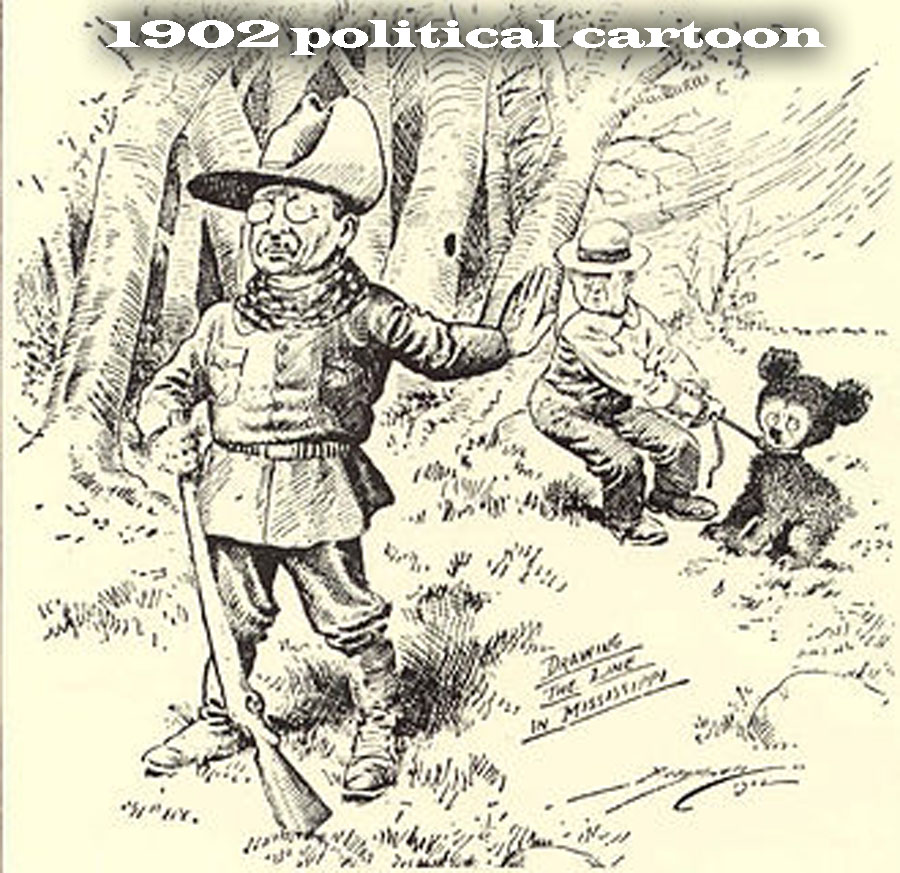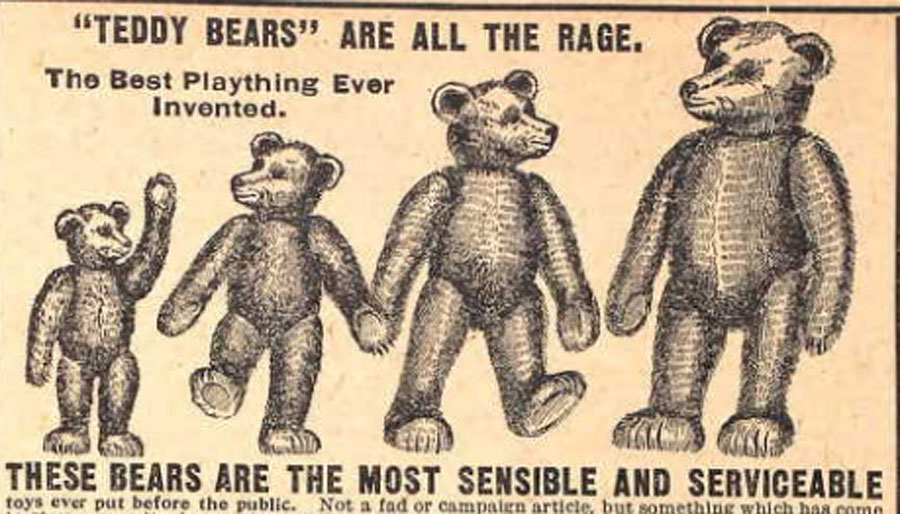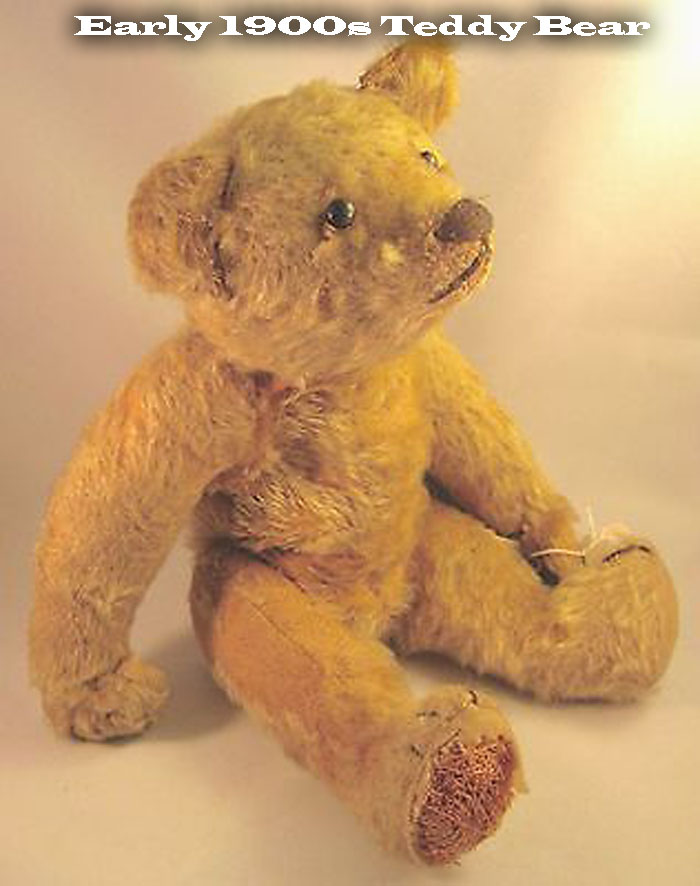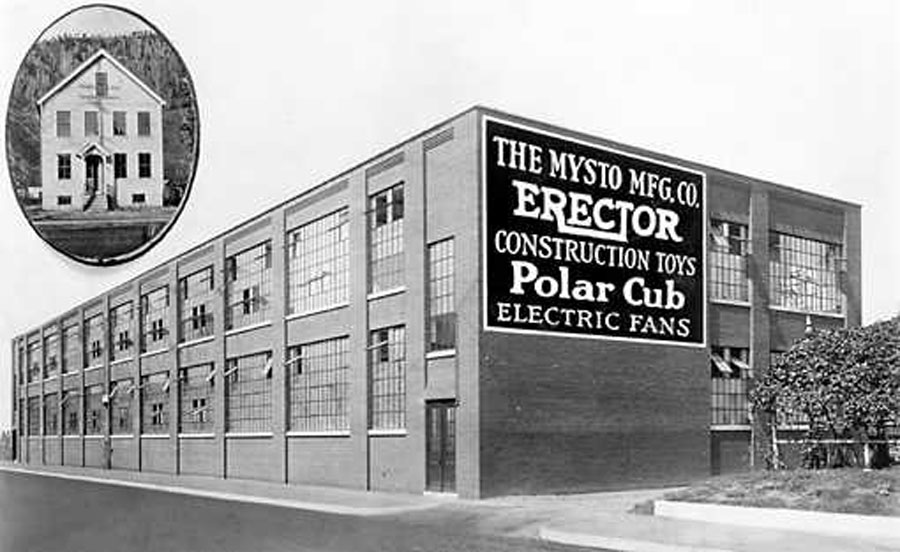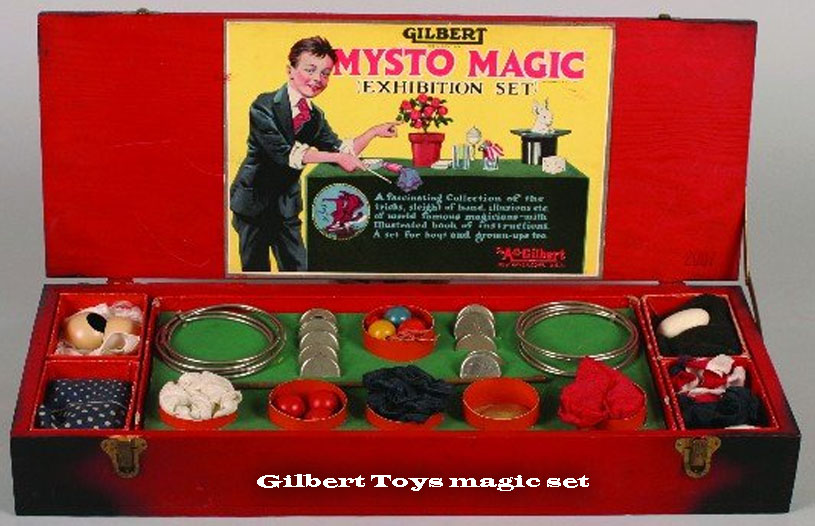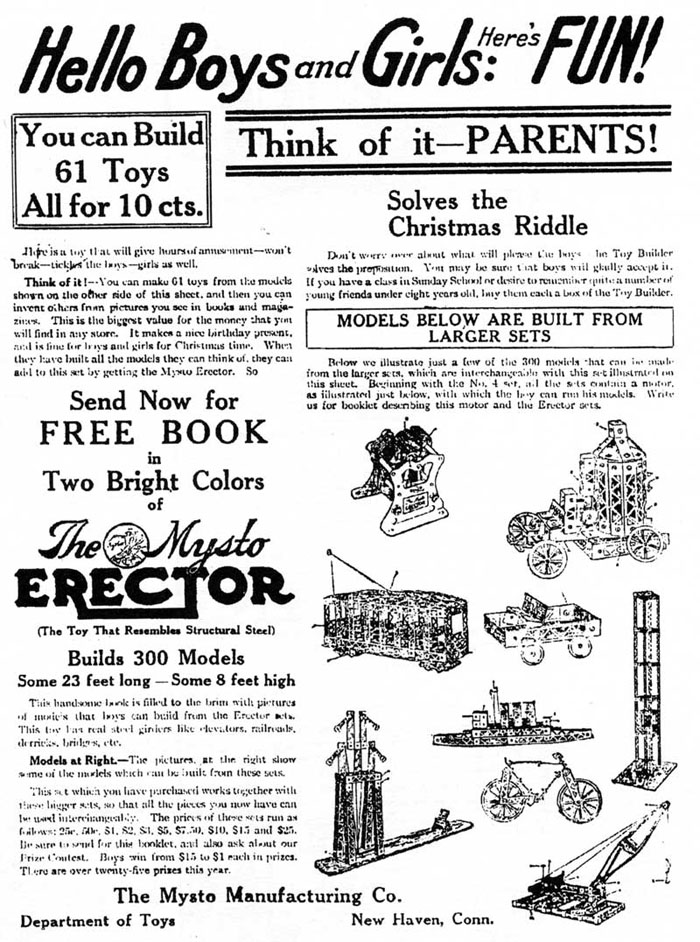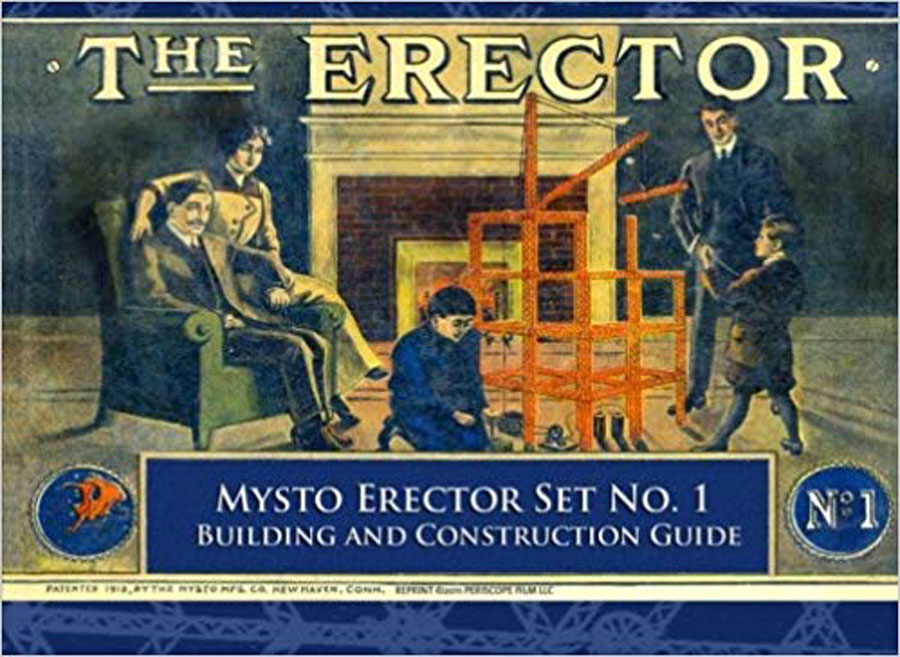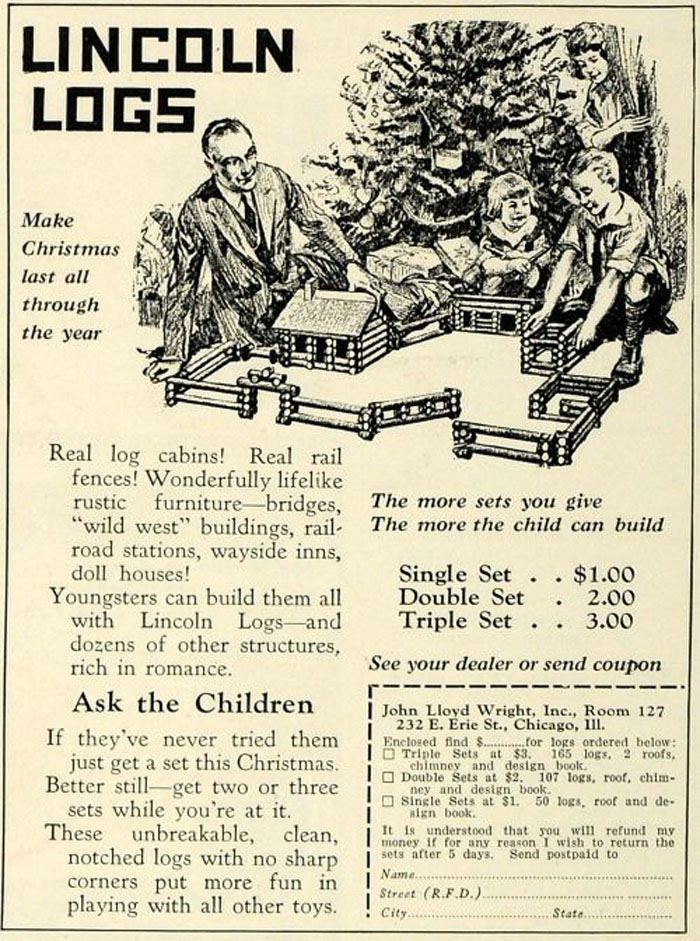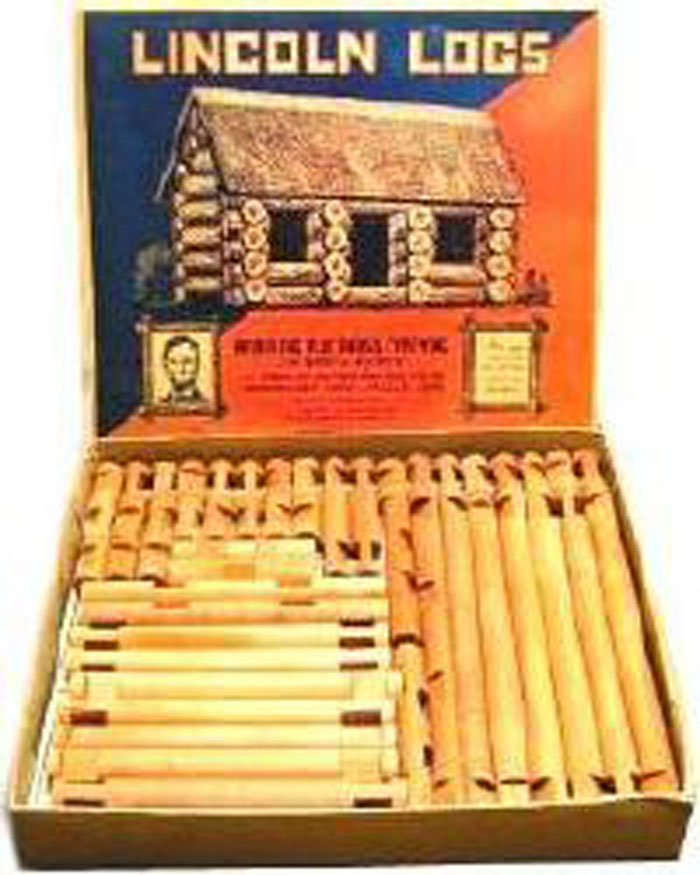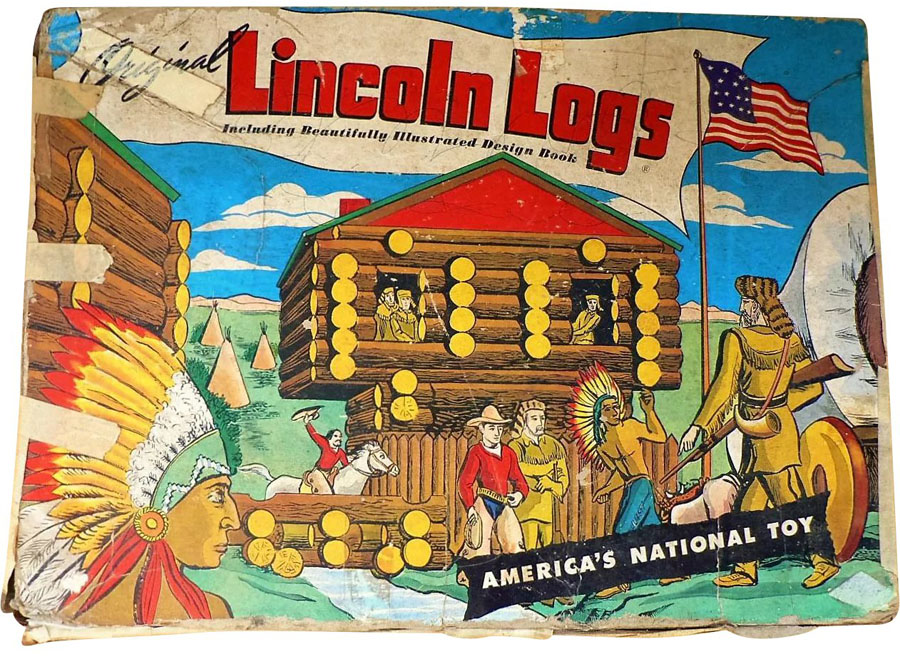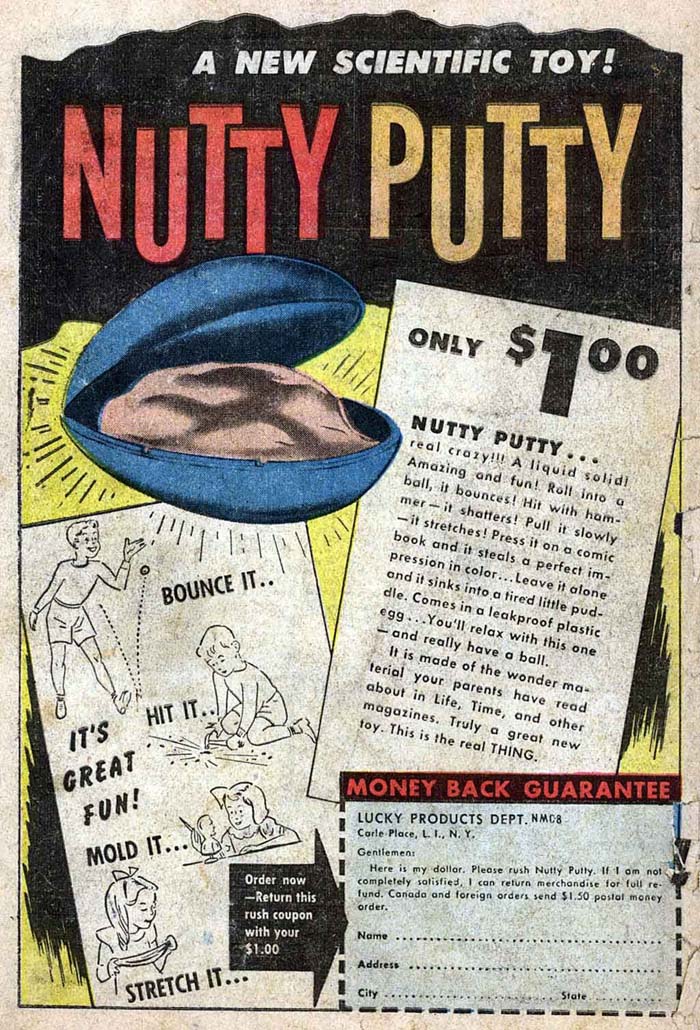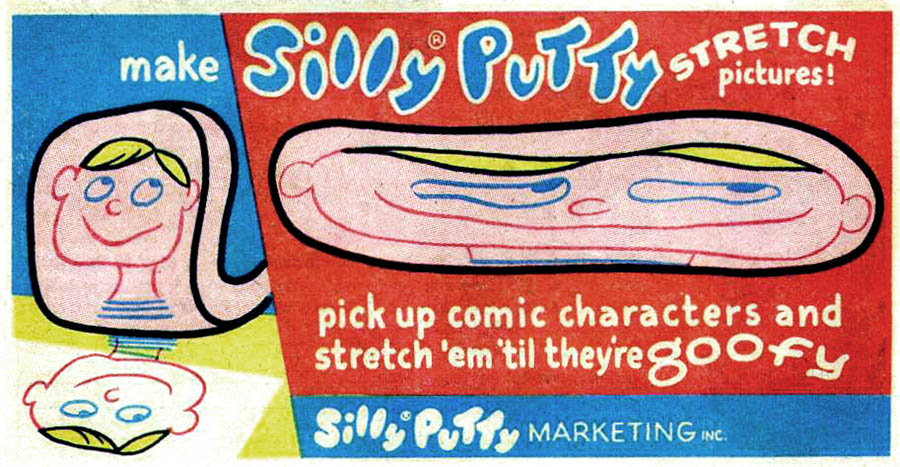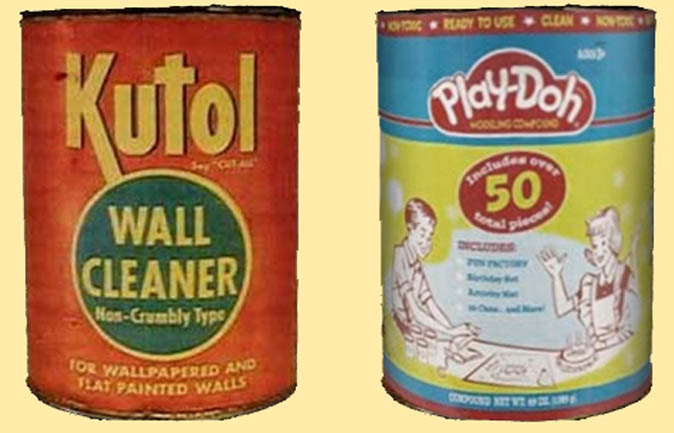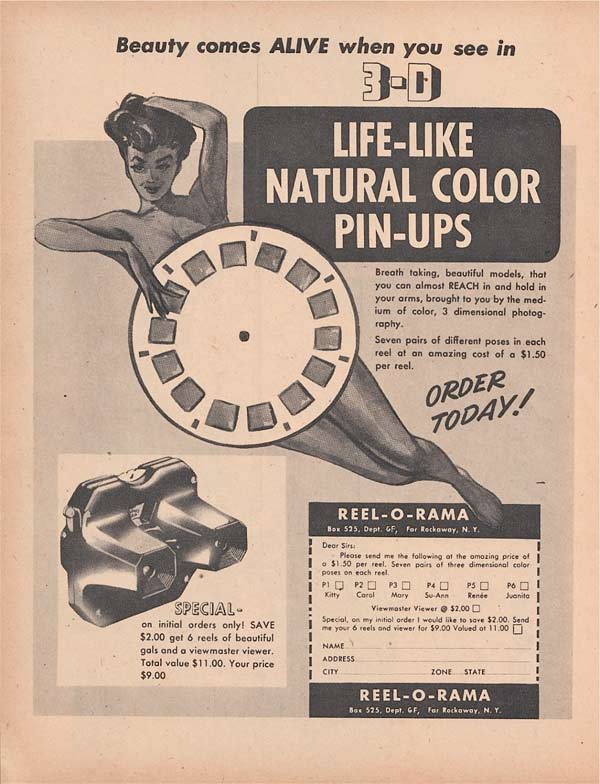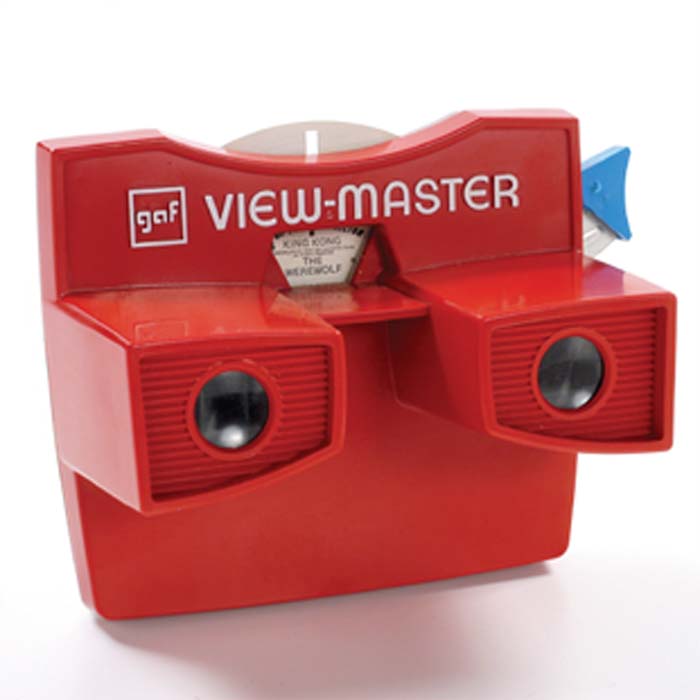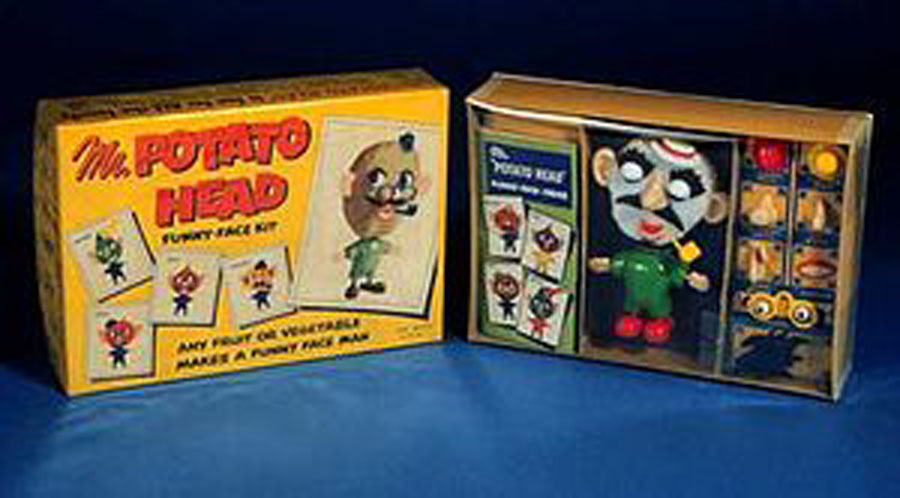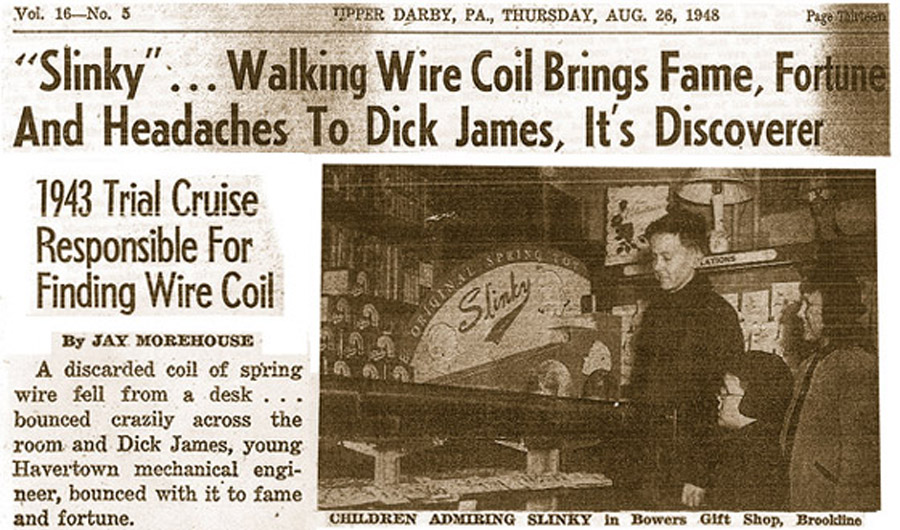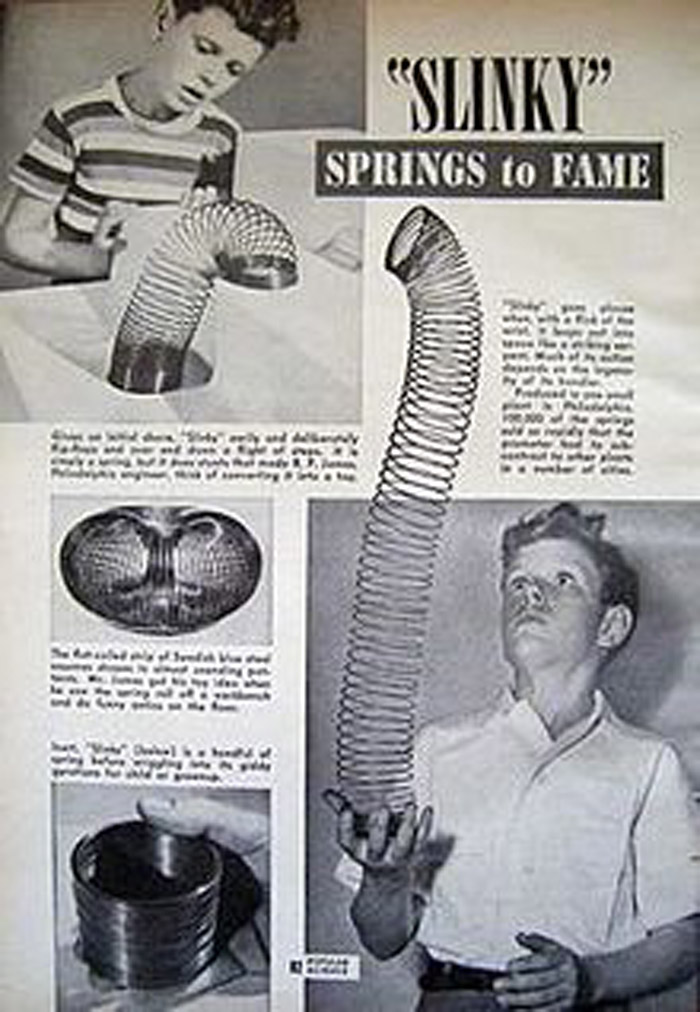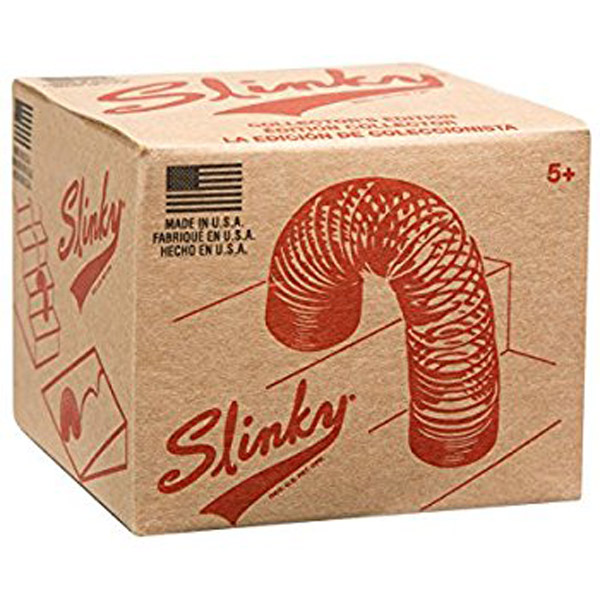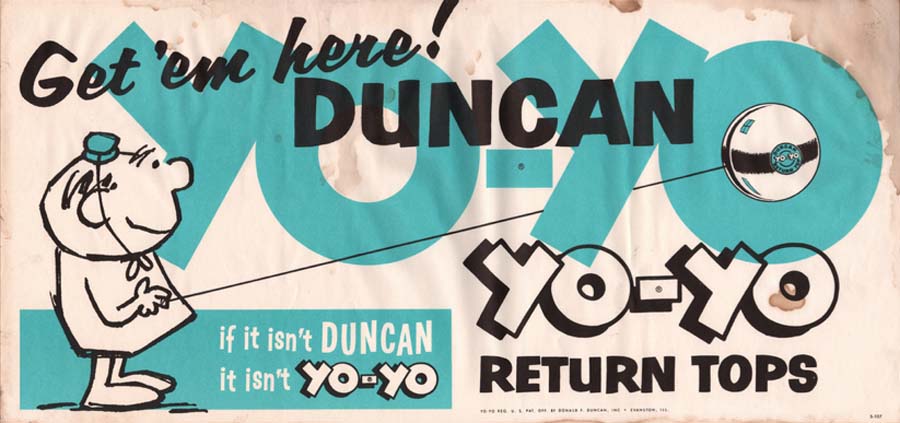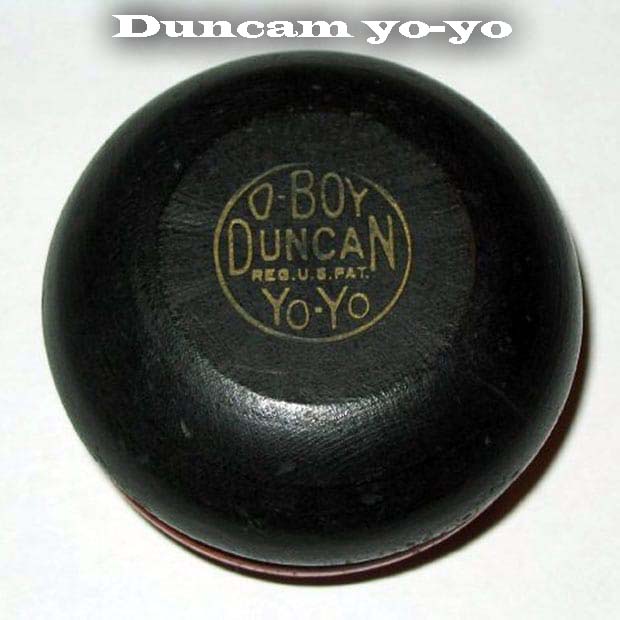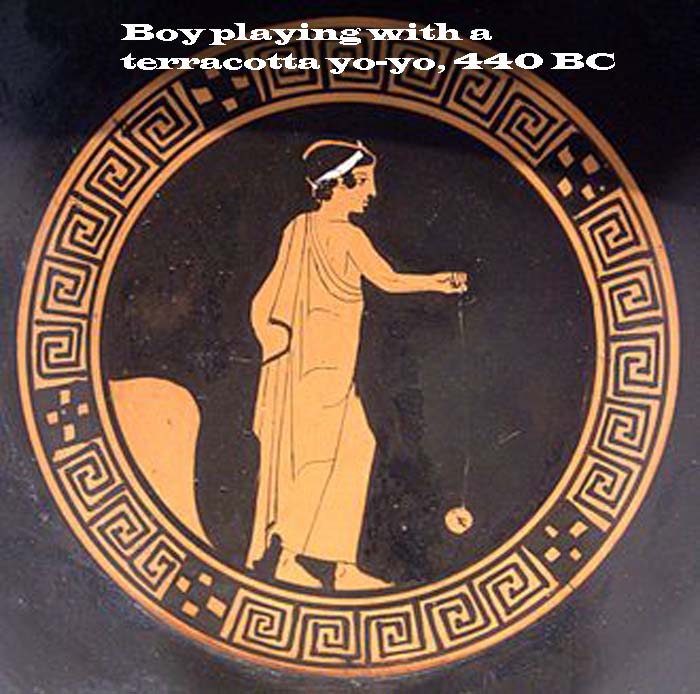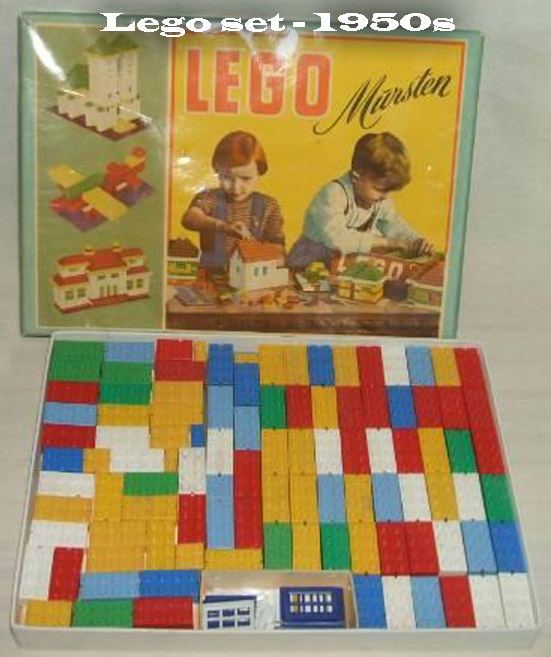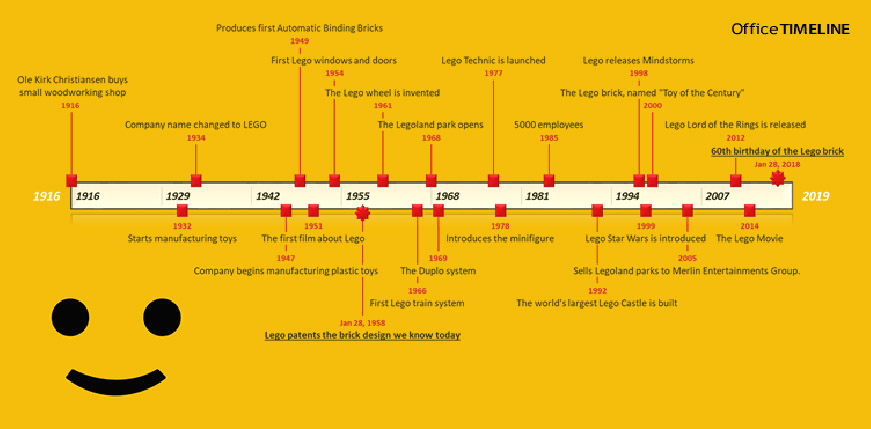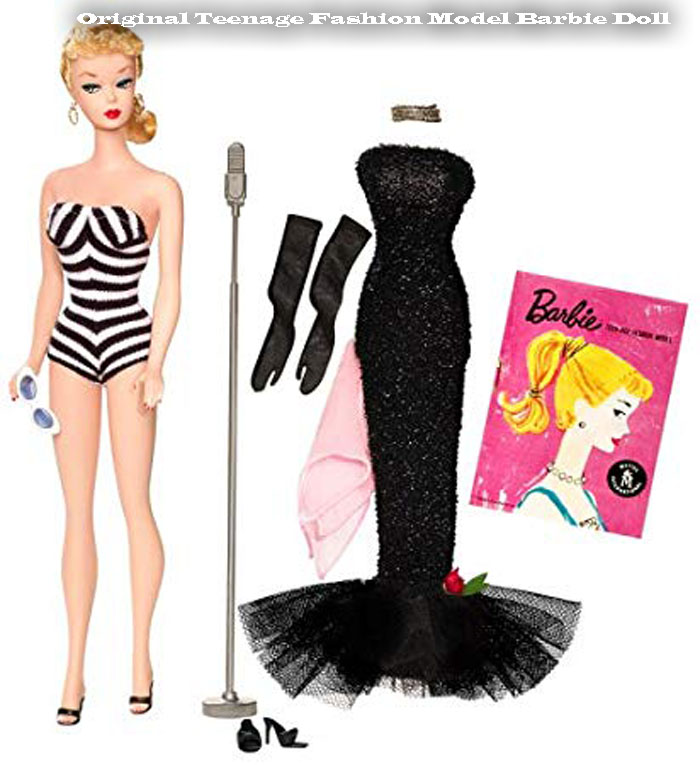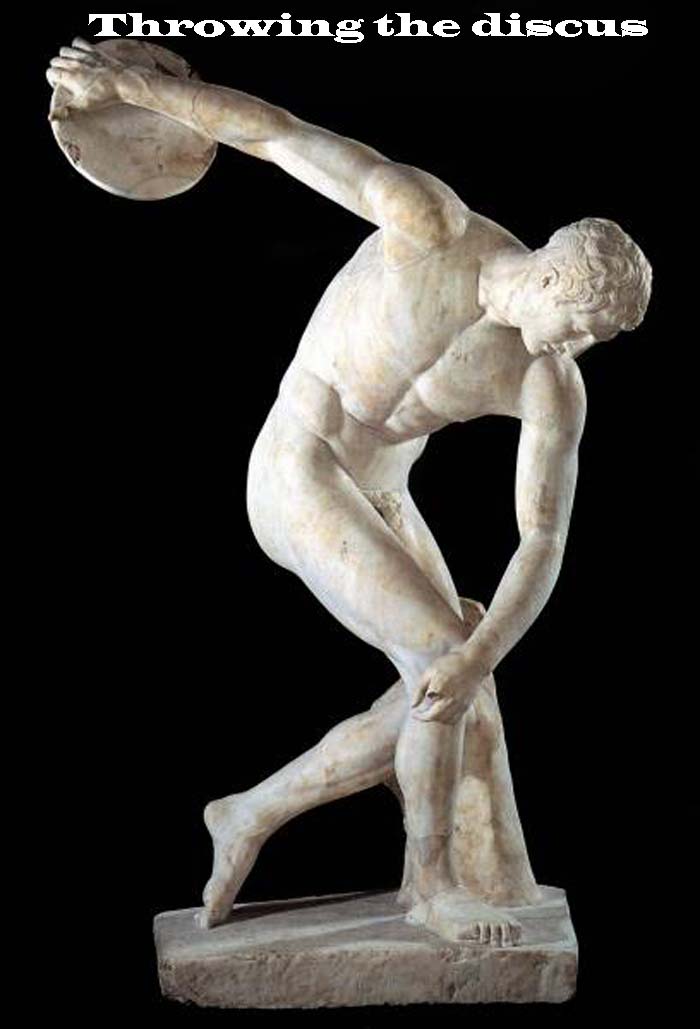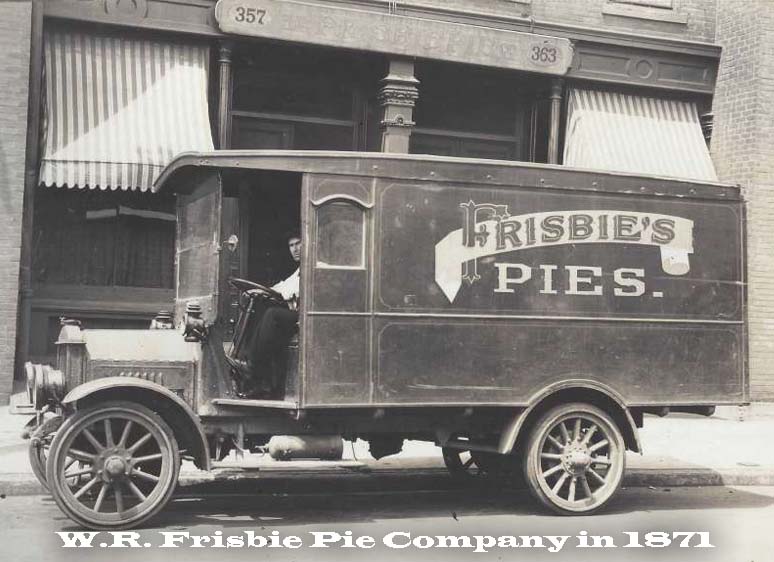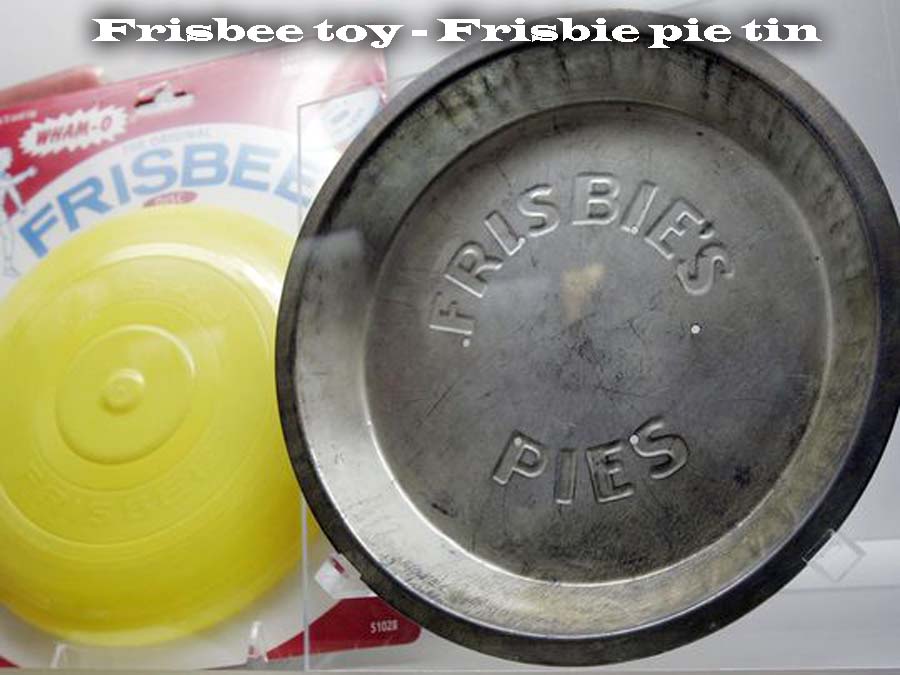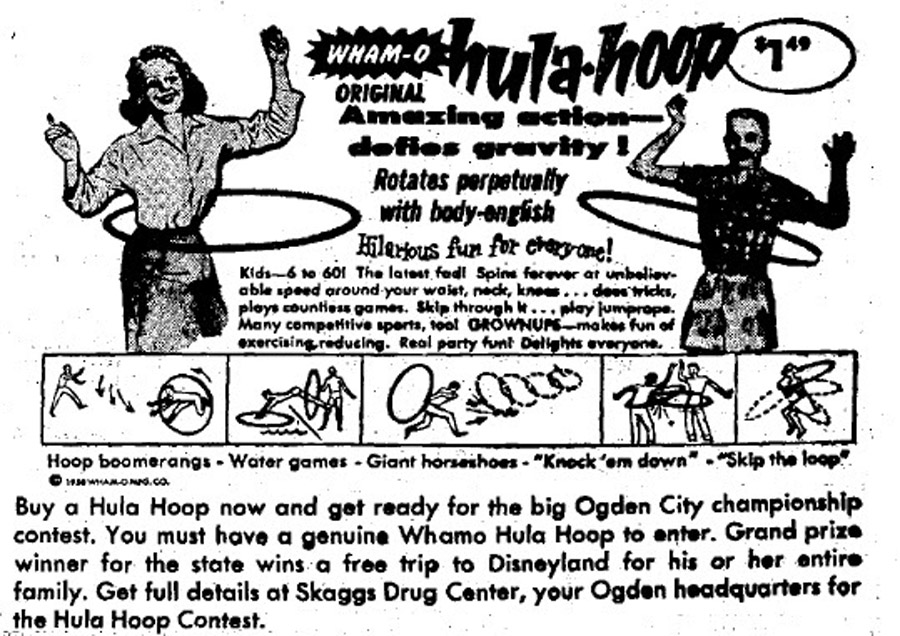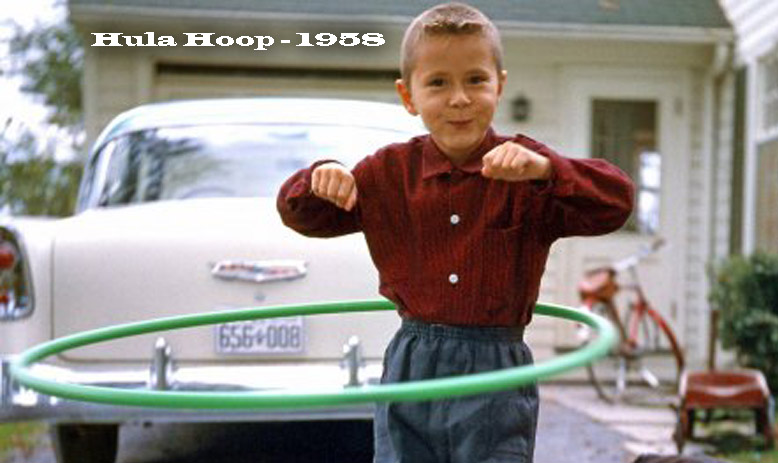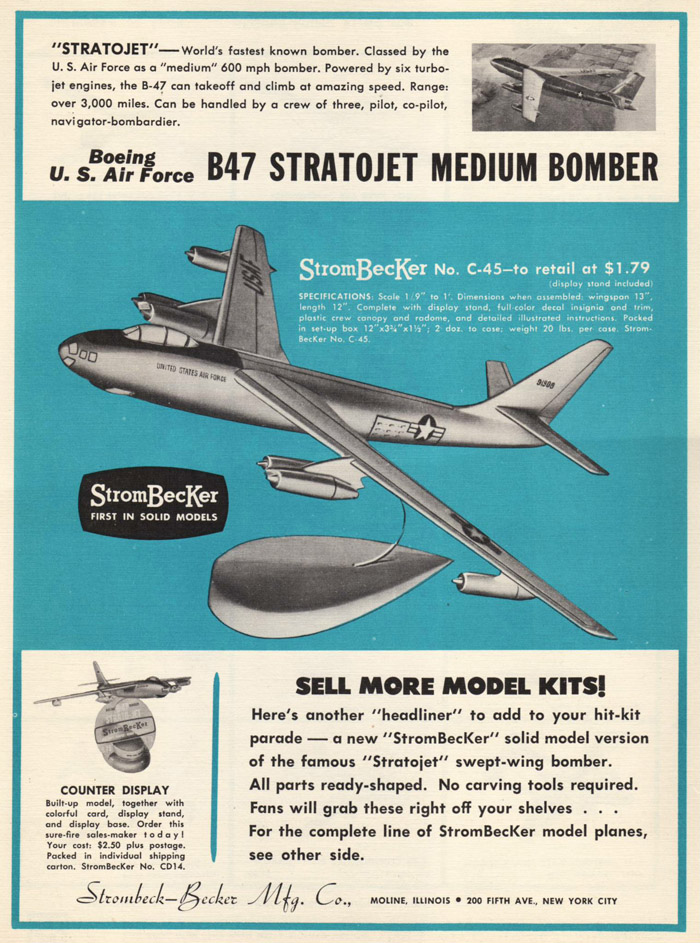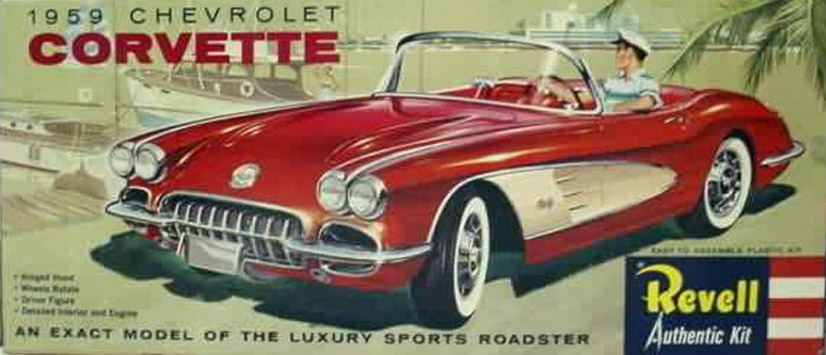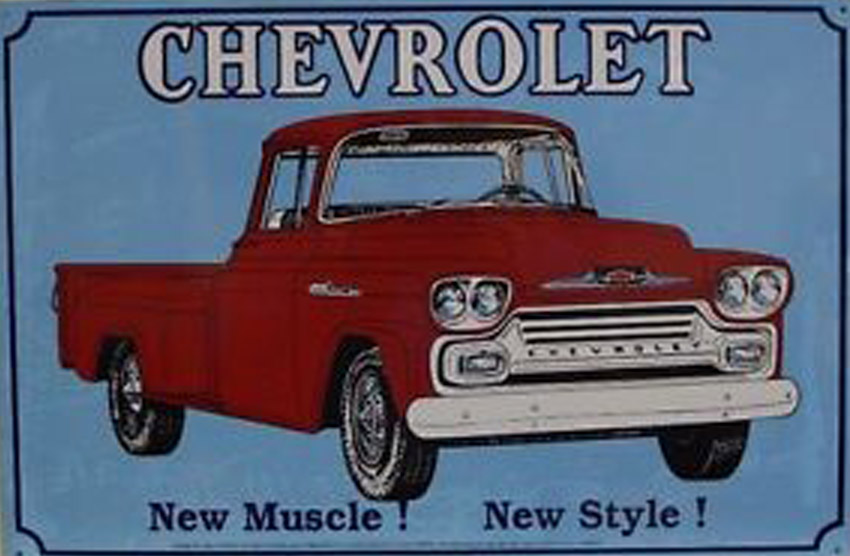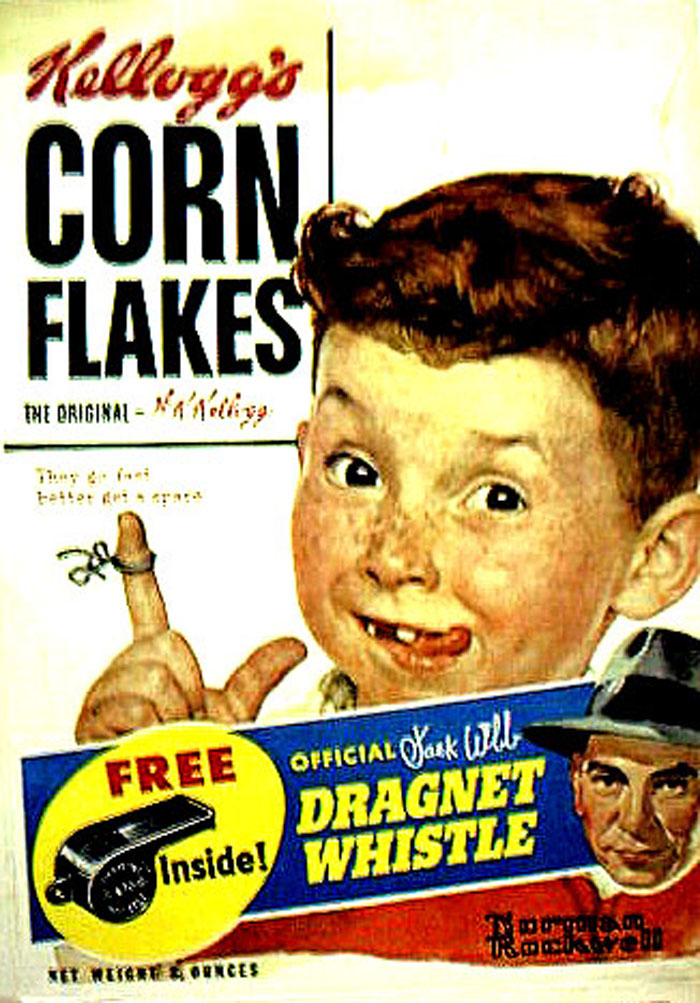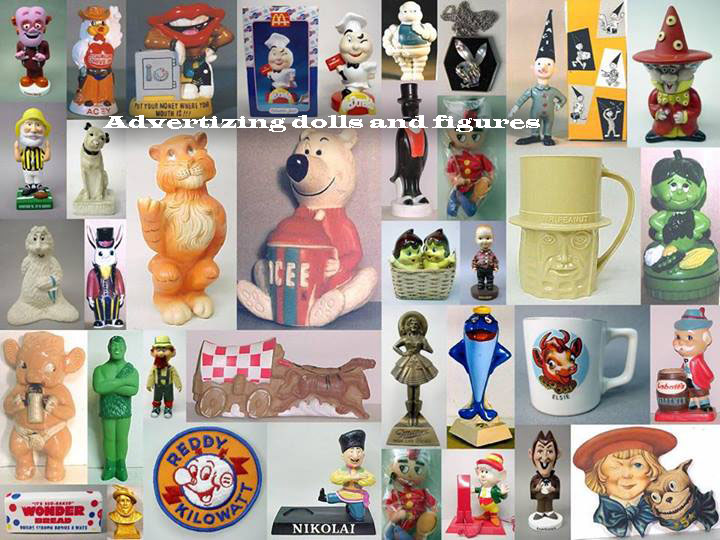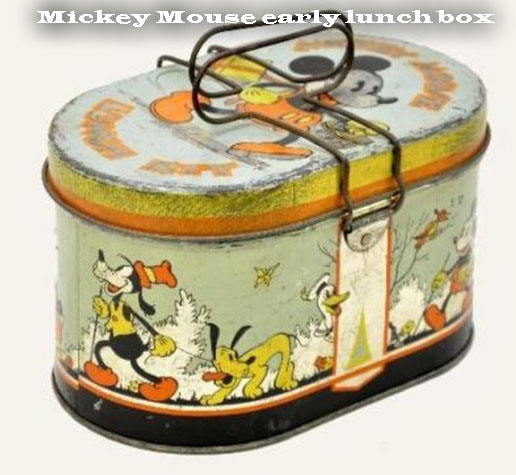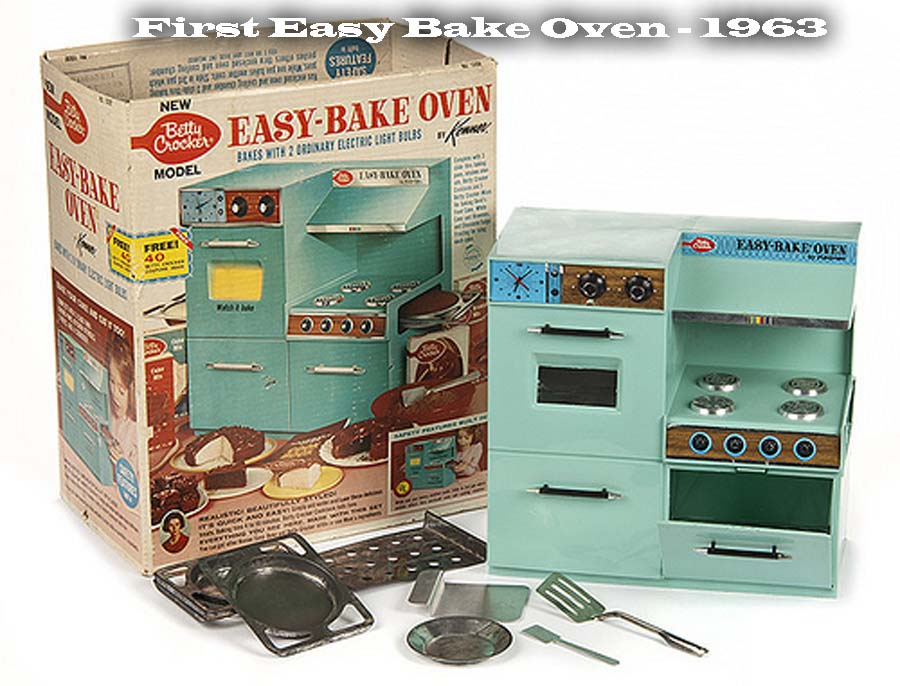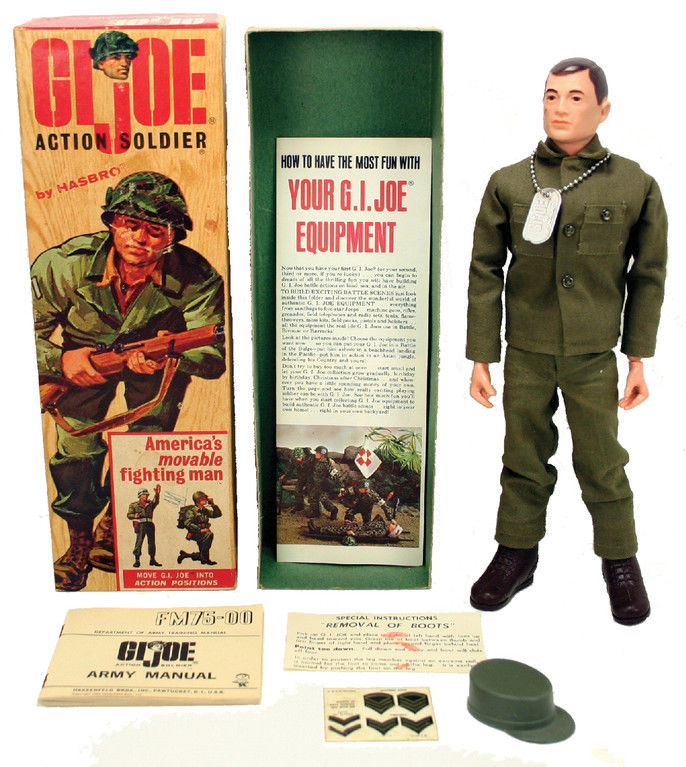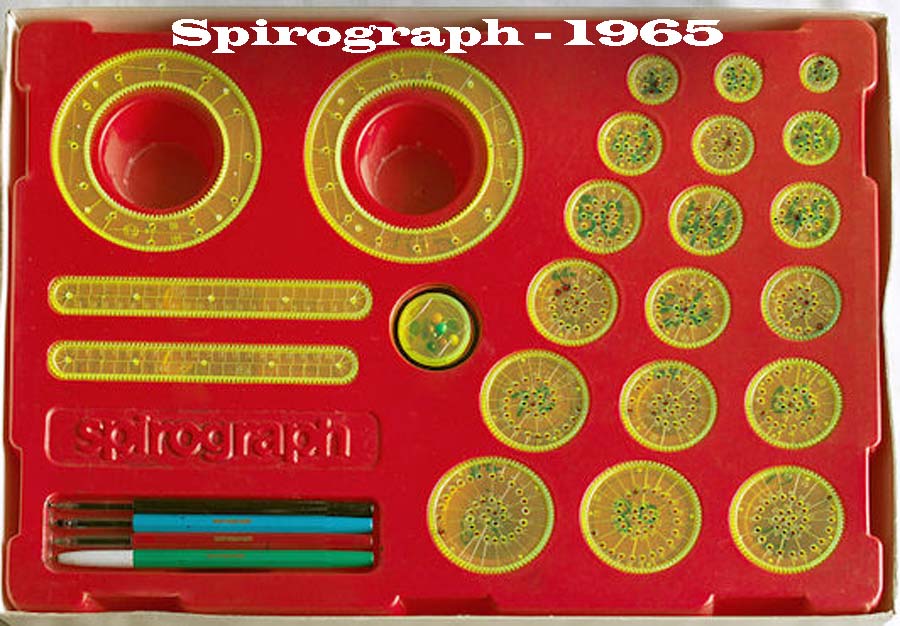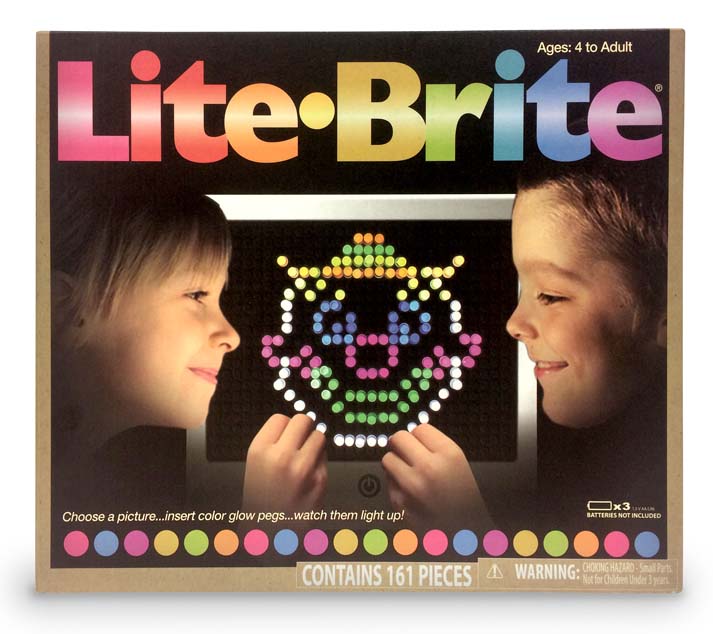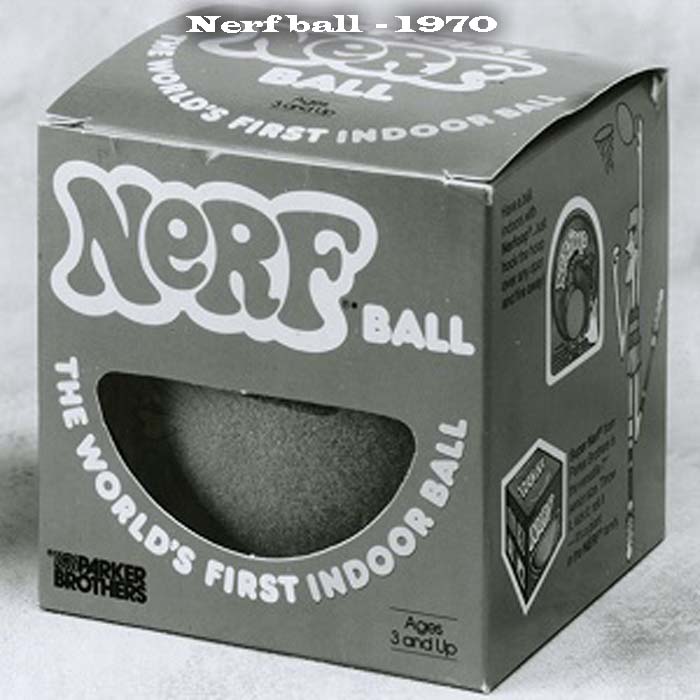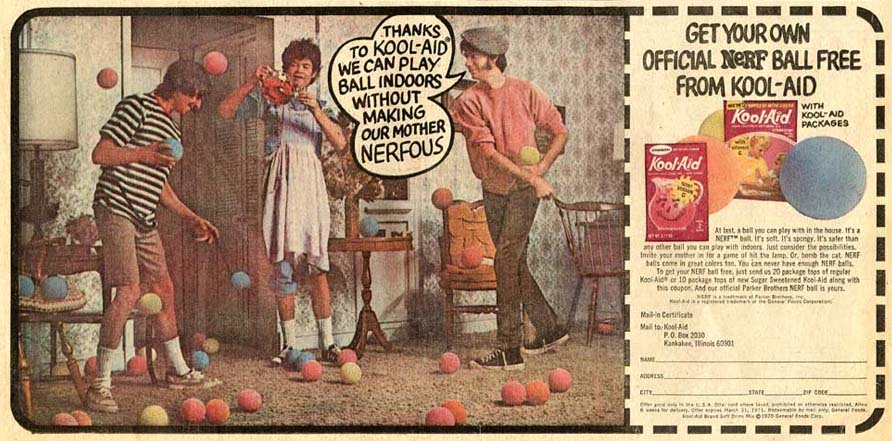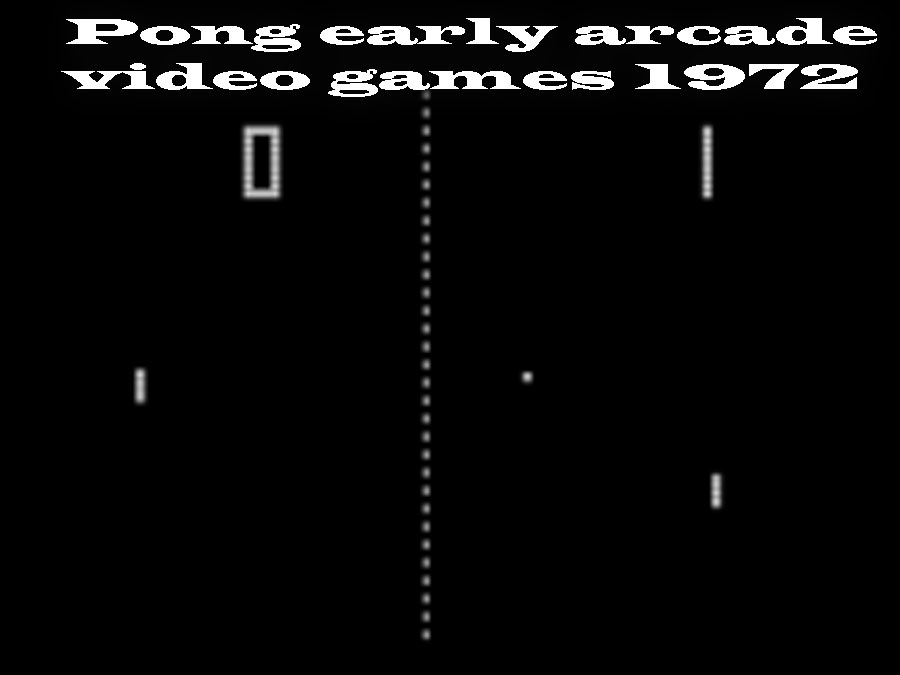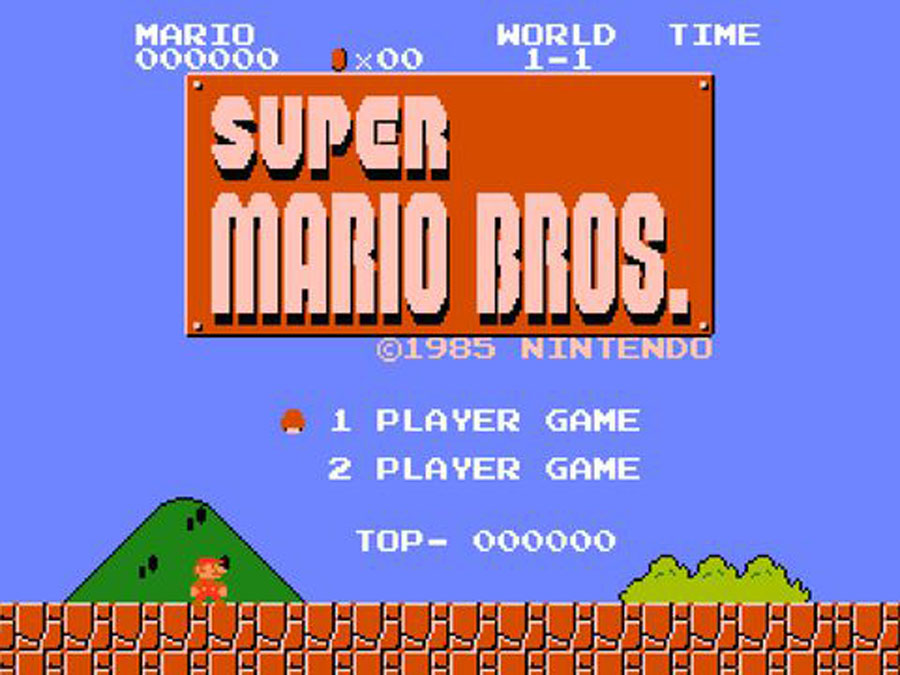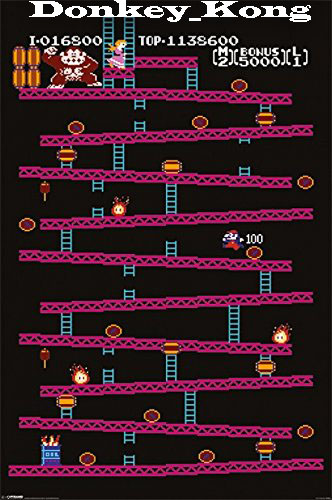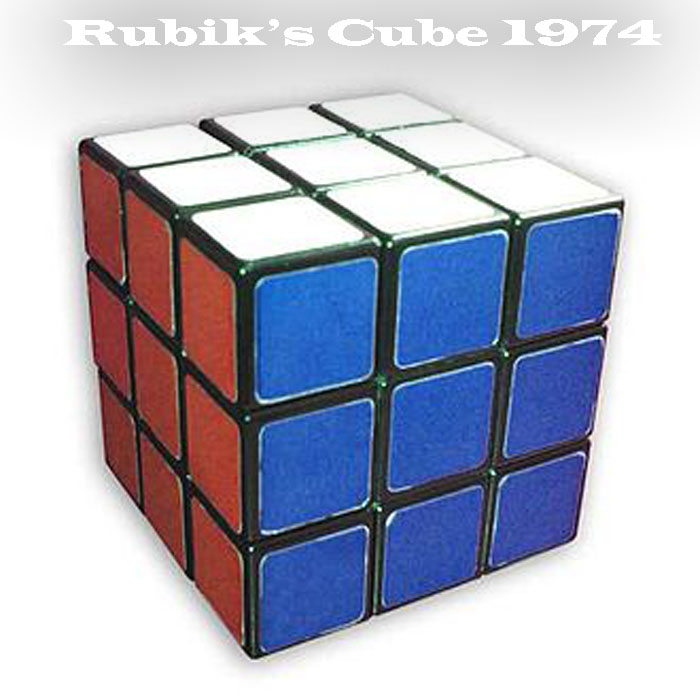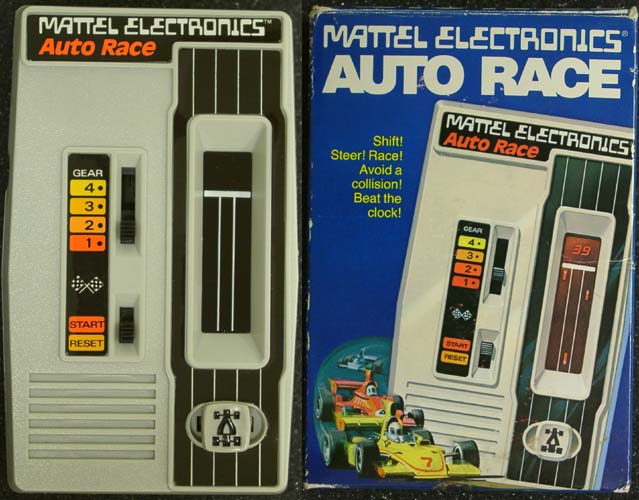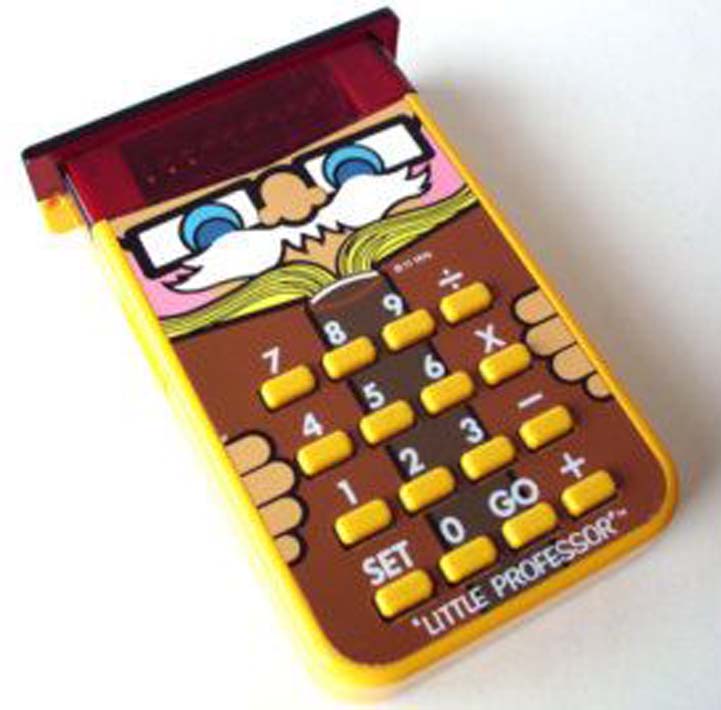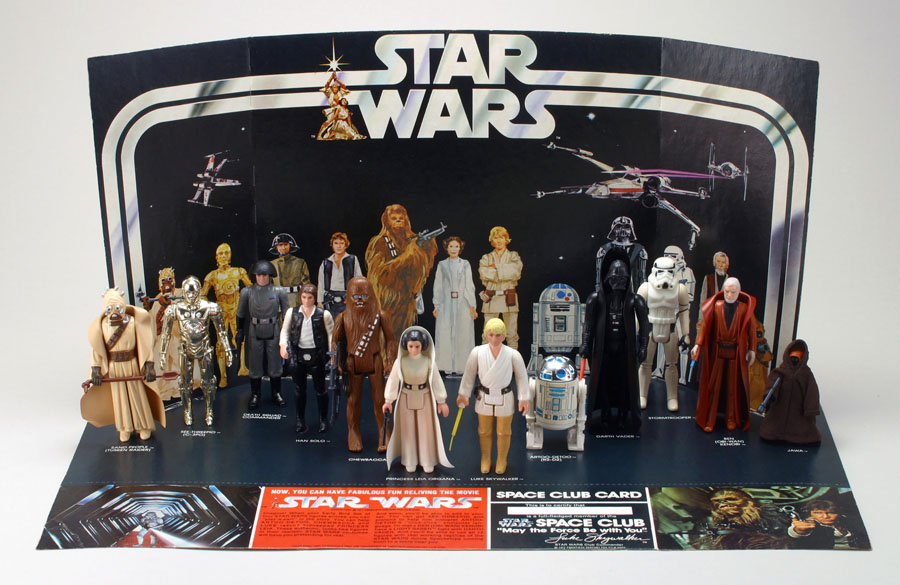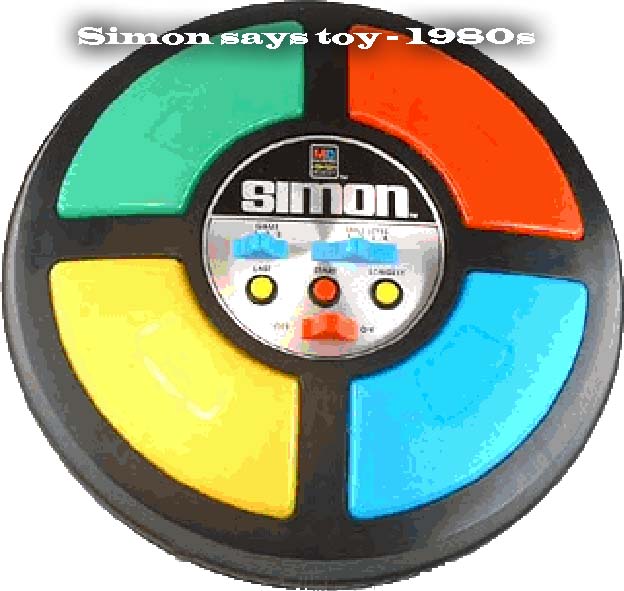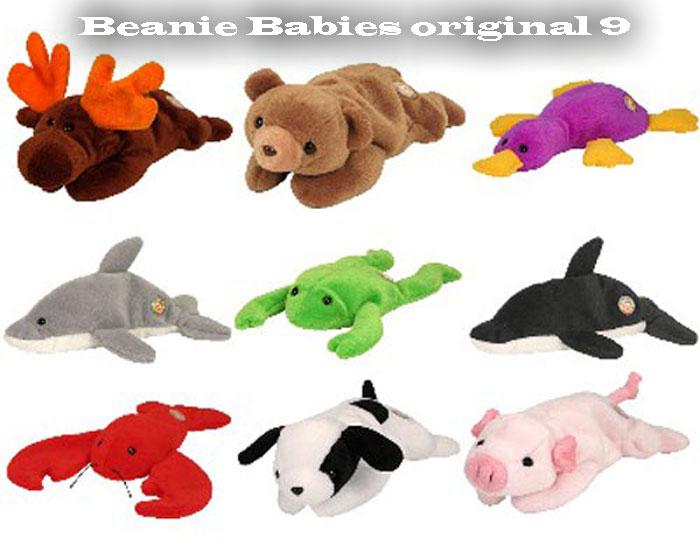1902 President Theodore “Teddy” Roosevelt while on a bear hunt in Mississippi refused to shoot an American black bear that had been cornered by the hounds, clubbed, and tied to a tree. He said it was unsportsmanlike, but he had the bear killed to put it out of his misery. Morris Michtom founder of the Ideal Novelty Toy Company saw a political cartoon of this incident, got permission from Roosevelt to use his name, and he created the “Teddy Bear.”
In 1911 Alfred Carlton Gilbert a inventor of magic sets at Mystro Manufacturing Company was riding in a train along a construction site where the track was being switched to electrical power. He noticed how the steel girders were erected to transmit the power lines and he sold the first Erector Set at a Toy Fair in New York City in 1913.
1917 John Lloyd Wright invented Lincoln Logs based the architecture of the Imperial Hotel in Tokyo that his father Frank Lloyd Wright had invented.
Some toys were the product of accidental innovation like when Earl L. Warrick tried to make a new synthetic rubber that failed but it became “nutty putty” during World War II. Peter Hodgson recognized the possibility as a toy and he marketed it as Silly Putty.
In 1930s a manufacture in Ohio made a wallpaper cleaner out of flour, water, salt, boric acid, and mineral oil. The product was reworked and marketed to schools in the mid-1950s as a modeling clay for children’s arts and crafts. Silly Putty and Play-Doh allowed children to make up toys of their own.
1939 Sawyer’s trademark the name View-Master on a special-format stereoscope on cardboard disks containing seven 3-D pairs of small color photographs. Travel views were the early list of available reels giving the viewer the feeling of being there without having to leave home.
1940 George Lerner invented face and body parts that could be stuck into fruits and vegetables, most Americans had experienced food rationing caused by World War II and this was considered foolish and wasteful. Lerner sold the idea to a food company to put the plastic parts in breakfast cereal boxes as a free prize in each box. He named to new toy “Mr. Potato Head” and sets were available shortly after for $0.98 complete with hands, feet, ears, eyes, and other accessories. The child had to provide the potato. Mr. Potato Head was the first toy to be advertised on television in 1952.
1943 Richard James worked for the military research in testing springs and he was fascinated how one reacted when it fell on the floor. After two years of experimenting with different gauges of steel coil he invented the Slinky toy which was a big seller across the United States.
1946 the Duncan Toy Company opened a yo-yo factory in Wisconsin. Antique vase paintings show a boy playing with a yo-yo from 440 BC in ancient Greece. The Duncan yo-yo was inducted into the National Toy Hall of Fame in 1999.
Over time toys were made from different materials and what toys can do changed but not the desire of children to play with them. Plastic products became more available after World War II and toy manufacturing became cheaper. In the 1950s a Danish company invented colorful interlocking plastic building blocks called Lego’s
1956 Ruth Handler wife of the co-founder of the Mattel toy company, while on a trip to Europe, saw a German an adult-figured doll called Bild Lilli. At the time most dolls were baby figures. Lilli was a blond bombshell sold in Germany in 1955 mostly to adults then she became popular with children who love to dress her up in clothes that were sold separately. Handler redesigned the doll and called her Barbie after her daughter and Mattel released her at the American International Toy Fair in 1959 now called Barbies birthday. Mattel was sued in 1961 by the original German manufacturer and Mattel bought the copy writes for Bild Lilli. Mattel claims that three Barbie Dolls are sold every second.
Disk throwing has been around from the time of ancient Greece and it was one of the five events of the pentathlon during the first Olympic games. Originally the discus were made of stone, later bronze, led, or iron. William Frisbie Pie Company opened in 1871 and students from the nearby universities would throw the empty pie tins to each other yelling “Frisbie”. 1948 a plastic version of the disc called the “Flying Saucer” was created by Walter Frederick Morrison and it could be thrown with greater accuracy and for greater distance than the original tin pie plates. In 1957 Wham-O toy company released the first aerodynamic plastic discs called the Frisbee.
Children have played with hoop throughout history spinning and rolling them. In 1958 Arthur K. Merlin and Richard Knerr invented the Hula Hoop that is spun around the waist, arms, legs or neck. The original cost of a Hula Hoop was $1.49.
Mattel toy Company in 1959 released the first pull string “talking” doll. It appeared in television commercials and became the second most popular doll of the 1960s second to Mattel’s Barbie doll.
Airlines, car and trucking companies, and railroads use real like models to advertise their business. Toy airplanes, cars, trucks, and trains not only inspire play time, but the companies get brand name recognition.
Kellogg’s and other food producers advertise a free toy is inside each box of their product. These toys are popular as consumers try to collect all them in each set. Sometimes the toy can only be redeemed by sending proof of purchase to the manufacture.
Other promotional toys are, dolls, action figures from movies or professional athletes, and lunch boxes with the product name logos printed on the outside. Toy companies follow themes and fads that are popular with children to product the most sell-able toys on the market.
Kenner toy manufacturing company introduced the Easy-Bake Oven in 1963, a working toy oven that used an incandescent light bulb as a heat source, and included packets of cake mix and small baking pans.
1964 Hasbro released G.I Joe and action figure for boys with movable arms and legs that equaled Mattel’s Barbie doll popularity. Although some boys were reluctant to play with “dolls for boys” it gained approval over time.
British engineer Denys Fisher released the first Spirograph in 1965 a geometric drawing toy based on technology known as hypotrochoids and epitrochoids.
1967 Hasbro Toys released the Lite-Brite small colored pegs would fit into a panel and be illuminated by a light in the box and Color-by-letter templates of Micky Mouse, Scooby-Doo, other cartoon characters were available.
In 1970 Parker Brothers developed the “world’s first official indoor Nerf Ball” named after the foam padding used in off-road-racing. General Foods’ TV commercials for Kool Aid drink mix promoted the balls and they also sponsored Saturday morning TV shows with reruns of the Monkees’ TV series playing with Nerf Balls.
In more recent years toys became more complex with sound and blinking lights attracting the children raised around the television and internet. Mattel’s president Neil Friedman stated, “Innovation is the key in the toy industry and to succeed one must create a wow moment for kids by designing toys that have fun, innovated features and include new technologies and engaging content.”
Video games have changed to toy market with the introduction of audio games with interactive extensions or internet connectivity causing traditional toy makers to lose sales.
In 1974 Erno Rubik from Hungary invented the Rubik’s Cube a 3-D combination puzzle.
1976 Mattel is one of the earliest digital toys manufactures to release Mattel Auto Race and the Little Professor. Other digital toys are virtual pets and handheld electronic games.
1977 George Lucas created the epic space opera Star Wars movie that quickly became a worldwide pop culture phenomenon. This film like other movies, television programs, books and sports teams offered official merchandise including toys.
1978 Milton Bradley promoted the Simon, a device that creates series of tones and lights that the player must repeat in sequence to advance the game. As the game progress the series become longer and more complex and it became a pop-culture symbol of the 1970s and 1980s.
1990s nine original Beanie Babies were released from creator Ty Warner founder of Ty Inc. They were soft animal toys stuffed with plastic pellets he called beans that made them look more real than traditional soft stuffing. They became popular collectibles to acquire entire set.
Word count: 1390
